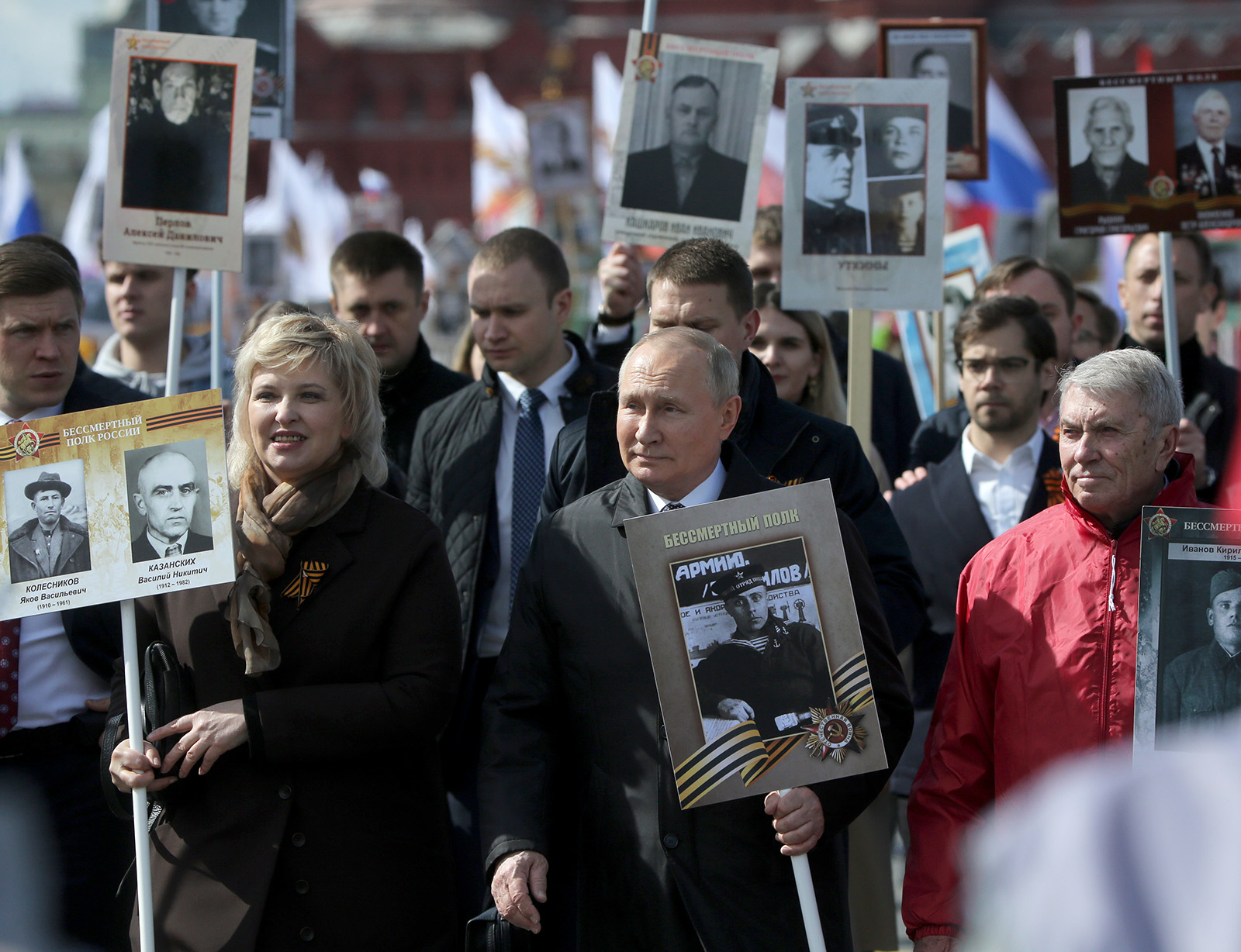[ad_1]

Six months have passed since Russian President Vladimir Putin launched his unprovoked invasion of Ukraine, a war that by any conventional measure has been a calamity.
Cost to Russia: By the Pentagon’s latest reckoning, the invasion has cost Russia between 70,000 and 80,000 troops killed and wounded. Even if that estimate is on the high side, it’s fair to extrapolate that Russia has probably seen more troops die in half a year’s fighting in Ukraine than the Soviets lost over a decade of war in Afghanistan.
Public approval: But any comparisons of Putin’s Russia to the waning days of the USSR are premature. The majority of Russians have — if not overtly — supported the war, or have silently acquiesced to his campaign of imperial restoration.
The Kremlin leader’s ratings have been unaffected by the war. Both state pollster WCIOM and the independent polling agency Levada-Center routinely put Putin’s approval ratings above 80% since February 24. A WCIOM survey in June found that 72% of Russians were likely to support Putin’s “special military operation,” the official euphemism for the war in Ukraine.
Censorship and support: Some of the numbers could reflect the power of Russia’s state propaganda — and the government’s swift censorship, shutting down the remnants of Russia’s free press after the invasion.
But that doesn’t mean no information is getting out about Russia’s disastrous losses in Ukraine; it’s just that the country’s relatively well-off middle classes have likely been insulated from the war’s toll.
The regions with the highest numbers of documented casualties are the poorer, so-called “ethnic republics” of Dagestan and Buryatia, according to the Russian independent news site Mediazona, which was labeled a “foreign agent” last year by Russian authorities
By contrast, casualties from Russia’s two wealthiest and most populous cities — Moscow and St. Petersburg — have been relatively low, it reported.
Read the full analysis here.
[ad_2]
